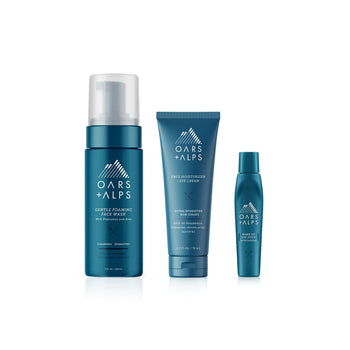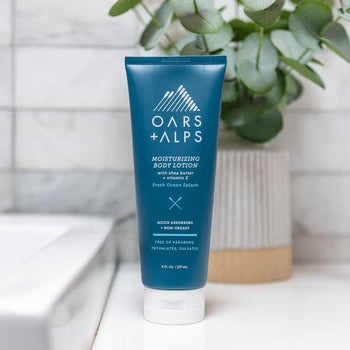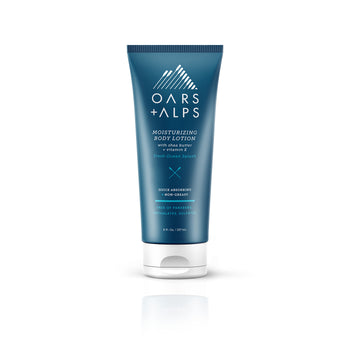- How to use
- FAQ
- Features
- Ingredients

- Use every morning and night.
- Wet soap.
- Massage into wet skin to form a rich lather
- Wash off with water.
- Avoid face. Store in a soap dish or dry surface.
- Our deeply-hydrating Shea Butter adheres to the Global Shea Alliance and supports women-owned businesses in Ghana.
- Crushed juniper berries sourced from the mountains of the U.S.’s Pacific Northwest mildly buff away dead skin cells providing ultimate cleanliness.
- Amazonian Clay sourced from the Amazon Rainforest helps remove skin impurities.
- Larch tree extract creates a barrier on the skin to lock in moisture.

Alcohol-Free, Glycol-Free, Paraben-Free, Phthalate-Free, Sulfate-Free
Ingredients (Hover over ingredient to see details)
Sodium Palmate, Sodium Cocoate (Or) Sodium Palm Kernelate, Water (Aqua), Glycerin (Plant-Derived), Coconut Acid, Butyrospermum Parkii (Shea) Butter, Fragrance (Parfum), Sodium Chloride, Galactoarabinan, Sodium Gluconate, Tetrasodium Glutamate Diacetate, Cladonia Stellaris Extract (Alpine Caribou Moss), Kaolin, Simmondsia Chinensis (Jojoba) Seed Oil, Juniperus Communis Fruit (Juniper Berries).

Alpine Caribou Moss is a small but mighty plant that toughs it out in the harsh tundra of the Arctic Circle in Northern Finland. It provides many powerful benefits for our skin, including:
- Reducing the signs of aging
- Promoting skin elasticity
- Guarding against pollution and other stressors
- Reducing inflammation
Fair trade Shea Butter is sourced and produced in ways that support the local communities who produce Shea Butter. Shea Butter comes from Shea Trees which naturally grow in 21 African countries, providing livelihoods to millions of rural women who work in the Shea industry. Fair trade Shea Butter, in particular Shea Butter that adheres to the Global Shea Alliance, supports these women-owned businesses as well as sustainable growing practices and standards.
According to the Global Shea Alliance, “nearly 2 billion Shea Trees grow naturally on parklands in 21 African countries stretching from Senegal to South Sudan, while 16 million women living in rural communities individually collect fresh shea fruits and kernel for processing.” More than half of global shea export is processed in West Africa.


























